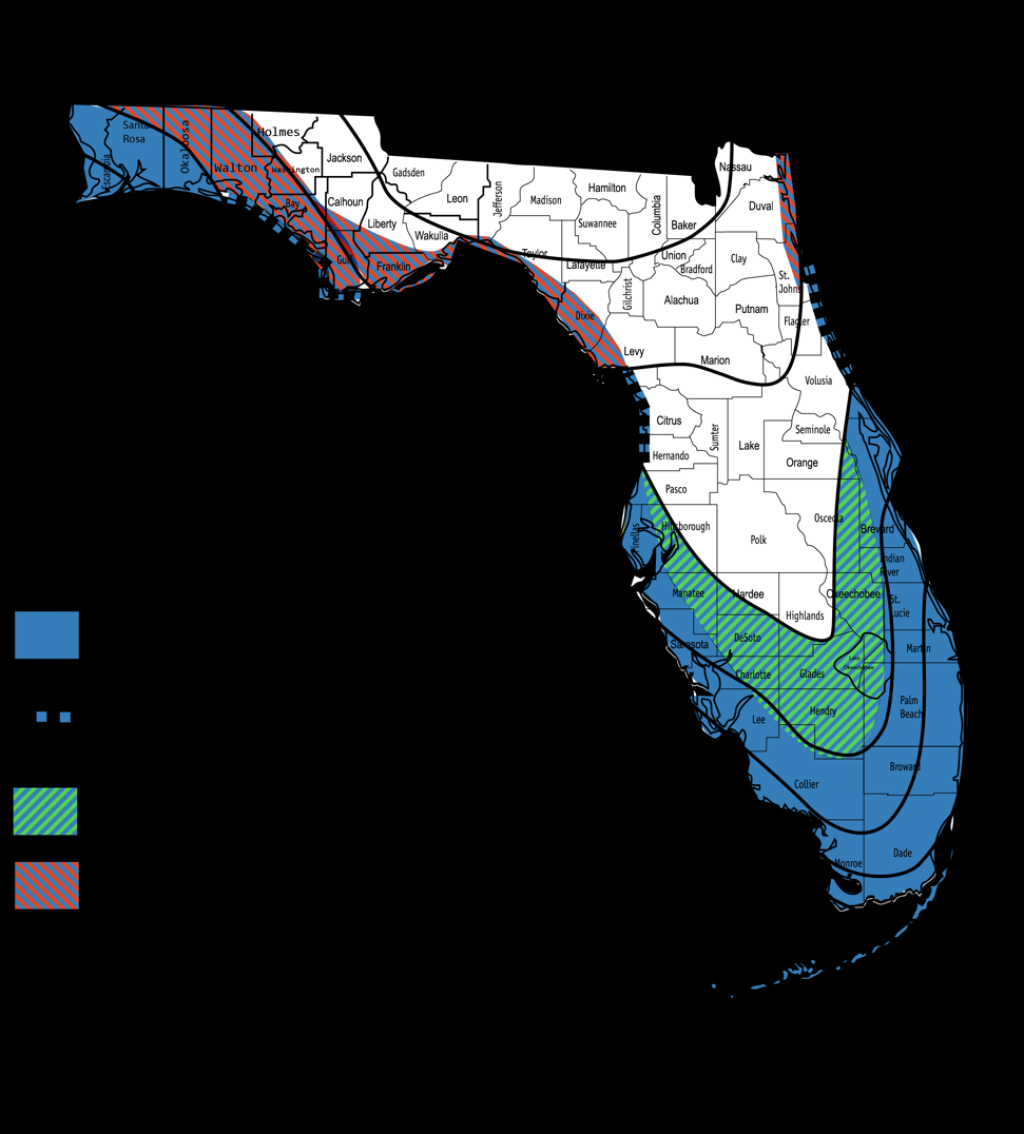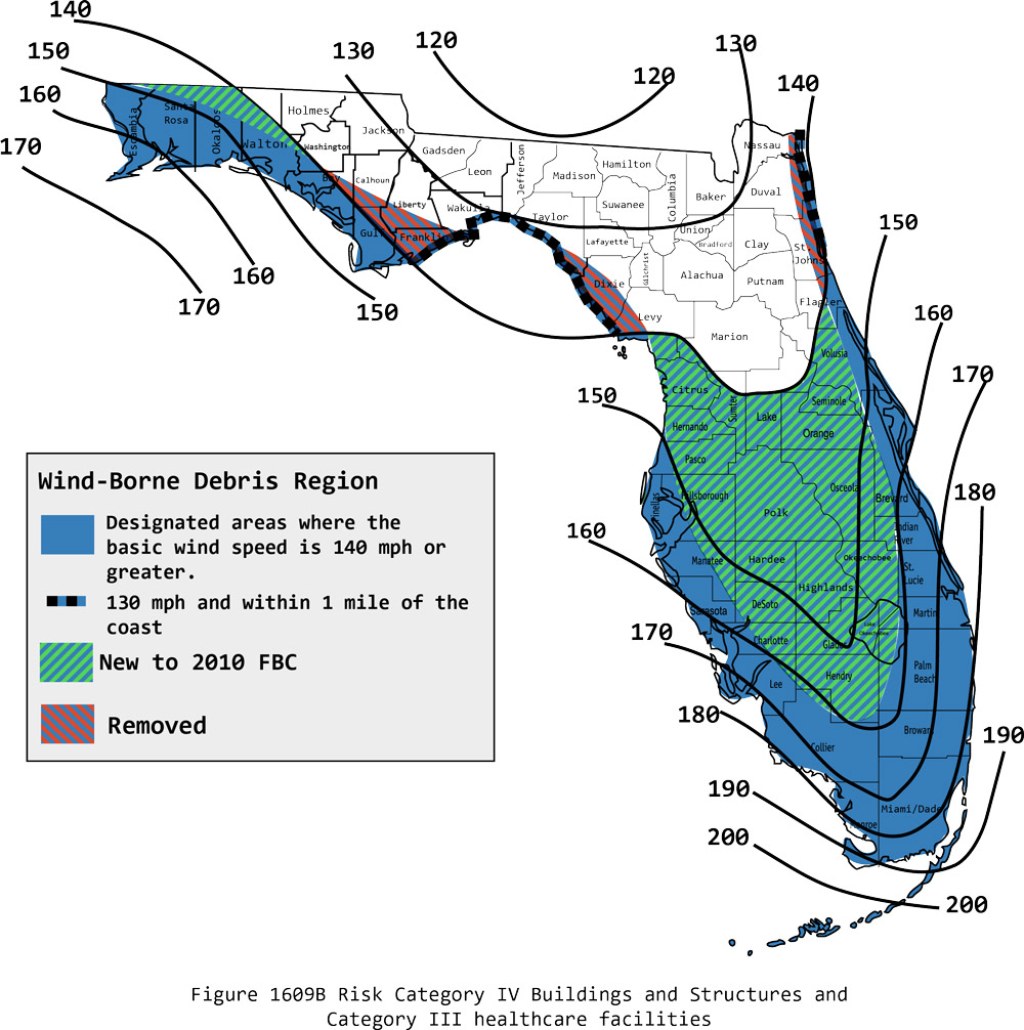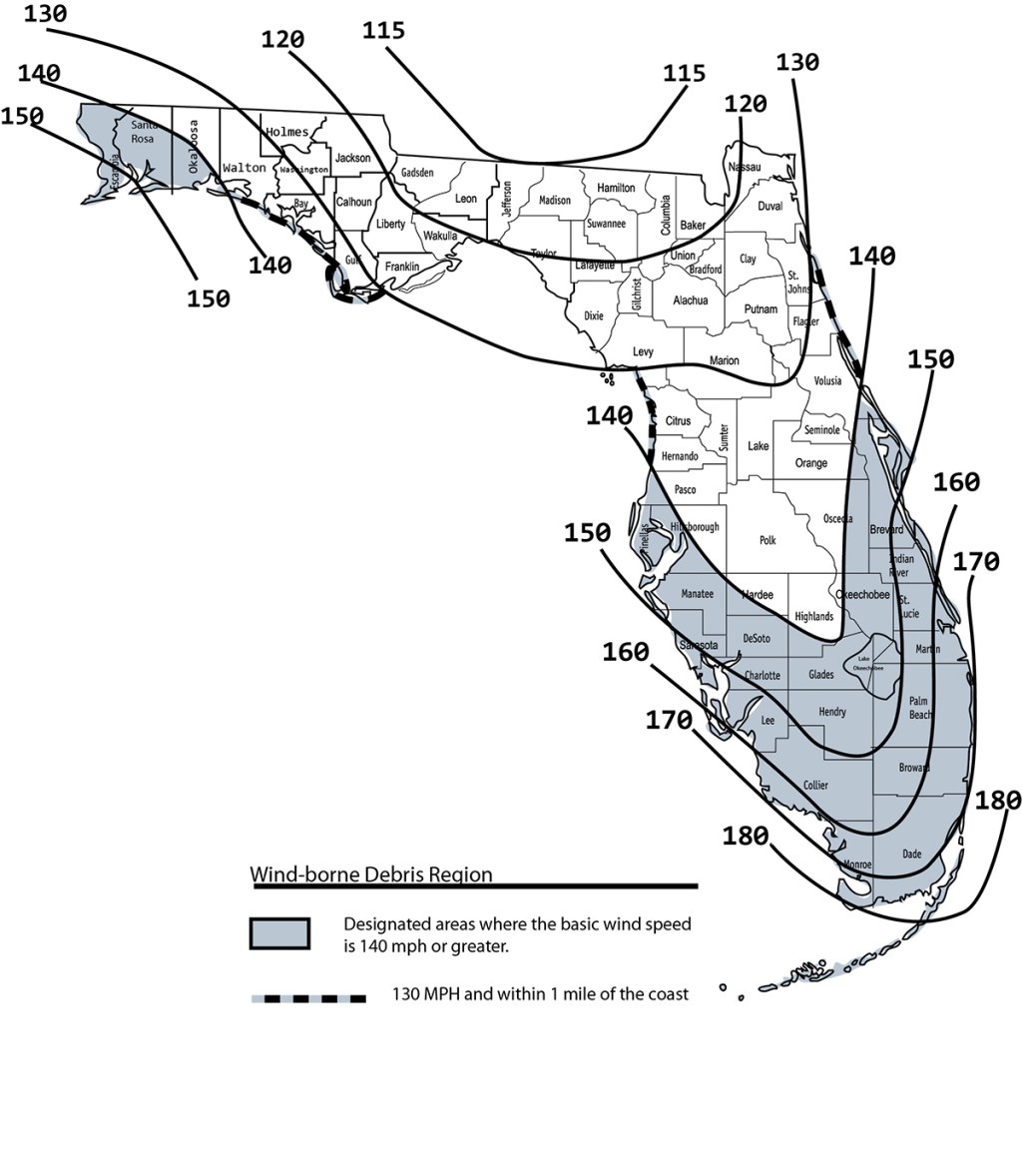Wind Borne Debris Region Map: Protecting Structures from Flying Debris
Introduction
Hello, Map Enthusiast!
Are you concerned about the safety of structures in areas prone to hurricanes and strong winds? If so, you’ll be interested in the Wind Borne Debris Region Map. This map provides vital information for architects, engineers, and homeowners to ensure the construction and design of buildings can withstand the impact of wind-borne debris during severe weather events. In this article, we will explore the details and significance of the Wind Borne Debris Region Map and how it can help in protecting structures.
What is the Wind Borne Debris Region Map?

Image Source: pnnl.gov
The Wind Borne Debris Region Map is a valuable tool that identifies areas where the potential for wind-borne debris impact on structures is high during hurricanes or strong wind events. It outlines specific zones where building codes require additional construction measures to protect against damage from flying debris. This map serves as a guideline for architects, engineers, and contractors to ensure that structures are built to withstand such risks effectively.
Who Needs the Wind Borne Debris Region Map?
The Wind Borne Debris Region Map is essential for anyone involved in the construction, design, or renovation of buildings in hurricane-prone regions. Architects and engineers rely on this map to determine the appropriate construction techniques and materials required to meet building code regulations. Additionally, homeowners can use the map to assess the vulnerability of their existing structures and take necessary precautions.
When is the Wind Borne Debris Region Map Used?

Image Source: baysidegaragedoor.com
The Wind Borne Debris Region Map is used during the planning and construction phase of new projects and can also be referenced for renovations or additions to existing buildings. It is necessary to consult the map early in the design process to ensure compliance with building codes and regulations.
Where Can You Find the Wind Borne Debris Region Map?
The Wind Borne Debris Region Map is typically available through local building departments or online resources provided by governmental agencies responsible for establishing and enforcing building codes. It is crucial to obtain the most up-to-date version of the map to ensure accuracy in planning and construction.
Why is the Wind Borne Debris Region Map Important?

Image Source: pgtindustries.com
The Wind Borne Debris Region Map plays a critical role in protecting structures and mitigating potential risks during severe weather events. By identifying areas prone to wind-borne debris, architects and engineers can incorporate appropriate design features and construction techniques to enhance the structural integrity of buildings. This map helps safeguard lives and property, reducing the potential for injury or destruction caused by flying debris.
How to Use the Wind Borne Debris Region Map?
The Wind Borne Debris Region Map provides specific criteria for the design and construction of buildings in high-risk zones. These criteria typically include requirements for wind-borne debris protection systems such as impact-resistant windows, reinforced doors, and strengthened roof coverings. Architects and engineers must carefully review the map and incorporate the necessary measures outlined to ensure compliance with building codes and regulations.
Advantages and Disadvantages of the Wind Borne Debris Region Map
Advantages of the Wind Borne Debris Region Map
1. Enhanced Safety: The map enables the design and construction of structures that can better withstand the impact of wind-borne debris, leading to improved safety for occupants.
2. Building Code Compliance: The map ensures compliance with building codes and regulations in high-risk areas, minimizing the risk of damage during severe weather events.
3. Optimal Construction Techniques: By using the map, architects and engineers can incorporate appropriate construction methods to enhance the durability and resilience of buildings.
4. Cost-Effective Measures: The map helps identify cost-effective solutions to protect structures, avoiding potential damage and costly repairs in the long run.
5. Insurance Benefits: Insurance companies often offer discounts for structures built in compliance with wind-borne debris regulations, resulting in potential cost savings for homeowners and businesses.
Disadvantages of the Wind Borne Debris Region Map
1. Additional Costs: Implementing the necessary design features and construction techniques recommended by the map may lead to increased construction costs.
2. Limited Applicability: The map is primarily relevant to regions prone to hurricanes and strong wind events, limiting its usefulness in areas with different weather patterns.
3. Compliance Challenges: Some builders and homeowners may face difficulties in understanding and meeting the specific requirements outlined by the map, potentially leading to non-compliance.
4. Retrofitting Limitations: For existing structures, retrofitting to meet the wind-borne debris protection requirements may pose logistical and financial challenges.
5. Constant Updates: The map needs to be regularly updated to reflect changes in building codes and regulations, requiring ongoing effort and resources.
Frequently Asked Questions (FAQ)
1. Is the Wind Borne Debris Region Map applicable only to residential buildings?
No, the Wind Borne Debris Region Map applies to both residential and commercial buildings. The map provides guidelines for all types of structures in high-risk areas.
2. Are there any exemptions from complying with the Wind Borne Debris Region Map?
Exemptions from compliance may vary based on local building codes and regulations. It is essential to consult with the appropriate authorities to understand any potential exemptions that may apply.
3. Can the Wind Borne Debris Region Map completely eliminate the risk of damage from flying debris?
While the map helps minimize the risk of damage, it cannot entirely eliminate it. However, by following the guidelines and incorporating the necessary measures, structures can significantly improve their resilience against wind-borne debris.
4. Can homeowners access the Wind Borne Debris Region Map online?
Yes, many governmental agencies responsible for establishing building codes provide online resources where homeowners can access the Wind Borne Debris Region Map.
5. Do structures outside the designated high-risk areas need to comply with the Wind Borne Debris Region Map?
Structures outside the designated high-risk areas may not need to comply with the map’s requirements. However, it is always advisable to consult with local building authorities to ensure compliance with applicable regulations and best practices.
Conclusion
Incorporating the Wind Borne Debris Region Map into the design and construction of structures is crucial for ensuring their safety and resilience against hurricanes and strong winds. By using this map, architects, engineers, and homeowners can make informed decisions to protect lives and property. Compliance with the map’s guidelines enhances building code adherence, minimizes damage risks, and fosters a safer built environment. Let’s prioritize the implementation of wind-borne debris protection measures and build structures that can withstand nature’s fury.
Final Remarks
Remember, the Wind Borne Debris Region Map is a valuable resource, but it should be used in conjunction with other relevant guidelines and regulations. Building codes and practices may vary, so always consult with local authorities and professionals in your area for specific requirements. Stay safe!